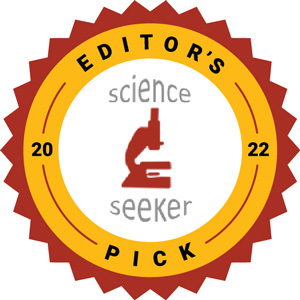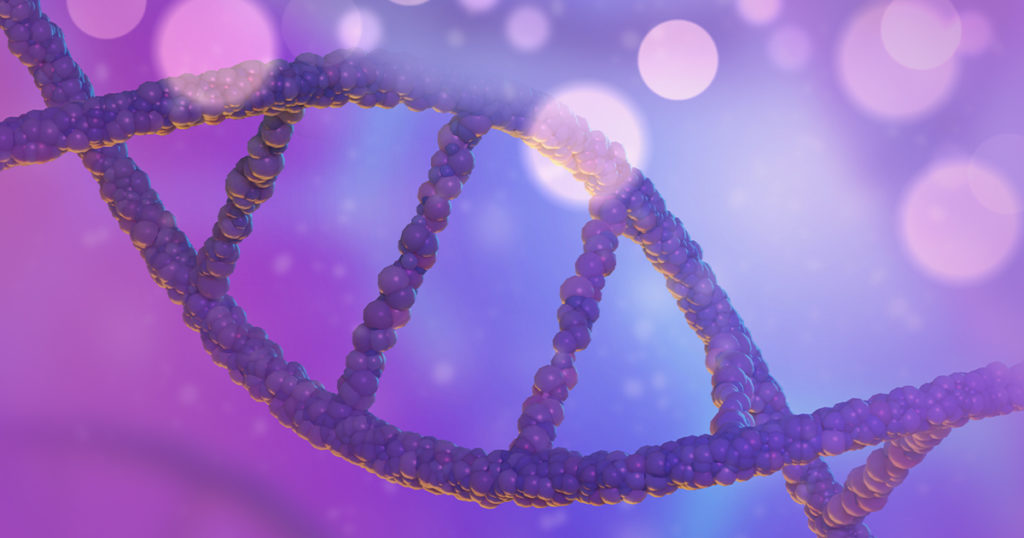
Imagine that you’re putting together a large, complex jigsaw puzzle, comprising thousands of exceptionally small pieces. You lay them all out and attempt to make sense of them. It would be far easier to assemble this puzzle were the pieces larger, containing more of the image advertised on the box. The same can be said when sequencing a genome.

Traditional short-read or next-generation sequencing relies on DNA spliced into small fragments (≤300 base pairs) and then amplified. While useful for detecting small genetic variants like single-base changes to the DNA, this type of sequencing can fail to illuminate larger variations (typically over 50 base pairs) in the genome. Long-read sequencing, or third generation sequencing, allows more accurate genome assemblies, facilitating better detection of structural variants like copy number variations, duplications, translocations and inversions that are too large to identify with short-read sequencing. Long-read sequencing has the capability to fill in “dark regions” of a genome that are unfinished and can be used to assemble larger, more complex genomes using longer fragments of DNA, or high-molecular weight (HMW) DNA.
HMW DNA can be anywhere above 20-100 kilobases (kb) in length and is suitable for applications including long-read sequencing, De Novo sequencing (or building a genome from scratch) and optical mapping. HMW DNA can offer a more complete view of the genome that would not otherwise be available with next-generation sequencing. Extracting and isolating HMW DNA of sufficient size, quantity and quality can be a tedious, time-intensive process. A common method of purifying HMW DNA involves purifying DNA from agarose plugs. This method is challenging and expensive, requiring lots of hands-on time. An easier and more economical option for purifying high-quality HMW DNA is the Wizard® HMW DNA Extraction Kit from Promega.
The Wizard® HMW DNA Extraction Kit offers DNA up to 500kb in length with high purity, suitable for long-read sequencing with platforms like those offered by Oxford Nanopore and PacBio. The Wizard® kit can be used with a variety of sample types, including blood, plant tissues, bacteria and mammalian cells and tissues. The whole workflow for the Wizard® HMW DNA Extraction Kit can be completed in approximately 1.5 hours with no hazardous chemicals or special equipment. Application notes for different sample types are available, with protocols and tips for better performance.
HMW DNA above 50 kb is extremely delicate and can be especially prone to shearing. It’s important that HMW DNA is handled with care during preparation and purification. Promega offers tips and tricks for keeping your HMW DNA intact during the purification process, to ensure high quality results. Watch the following videos on the proper techniques for extraction and purification of HMW DNA.
Turn Over a New Leaf
The quality of sample is key to extracting high quality HMW DNA. Be sure that your samples are fresh and stored properly prior to DNA extraction, to avoid DNA shearing.
Freeze Out Bad Results
Use a gentle lysis method to ensure that your DNA strands are of sufficient length.
Make Pipetting a Gentle Affair
Slow, gentle pipetting and the use of wide bore tips can help you keep your HMW DNA intact.
A Vortex of Sheared DNA
Vortexing will likely result in sheared DNA. Use a gentle mixing method to protect your HMW DNA.
Long-read sequencing is a valuable tool with applications across fields ranging from oncology and genetics to agriculture and microbiology. HMW DNA is an important source of genomic data and is key to successful long-read sequencing.
Learn more about the Wizard® HMW DNA Extraction Kit.
Interested in clinical applications of high-molecular weight DNA? Watch our webinar now.
Promega Connections has many blogs exploring and explaining DNA purification from a variety of sample types. Check them out.
Latest posts by AnnaKay Kruger (see all)
- Elephants May Call Each Other By Name - July 16, 2024
- Studying Episodic Memory through Food-Caching Behavior in Birds - April 16, 2024
- A Silent Killer: Tracking the Spread of Xylella fastidiosa - March 27, 2024
